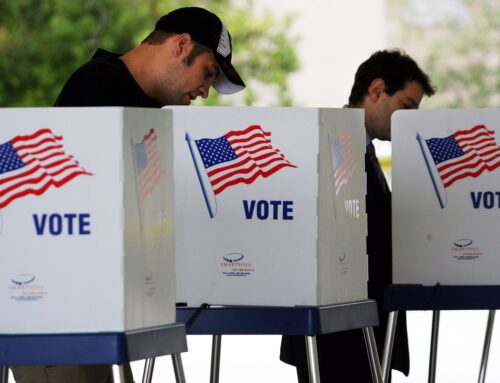More Seniors Facing Hunger Today Than Before the Great Recession Despite Economic Improvements
The Kentucky Association of Food Banks announced recently the release of The State of Senior Hunger in America in 2016,a study about food insecurity among seniors in the United States published by Feeding America® and The National Foundation to End Senior Hunger(NFESH).
The report shows that 4.9 million seniors age 60 or older (7.7 percent) were food insecure in 2016 across the U.S. In Kentucky, the food insecurity rate for seniors is 10.8, the sixth highest rate in the nation.
Nationally, seniors with the lowest incomes are most at risk of being food insecure, yet about two-thirds of food-insecure seniors have income above the federal poverty line. As a result, many seniors likely do not qualify for federal nutrition programs like the Supplemental Nutrition Assistance Program (SNAP) or the Commodity Supplemental Food Program (CSFP).
“It is unacceptable that Kentucky has the 6th highest rate of food insecure seniors in the nation,” said Tamara Sandberg, Executive Director of the Kentucky Association of Food Banks, a Partner State Association of Feeding America. “Together we must do more to address senior hunger and help ensure that the golden years are truly golden for Kentucky’s seniors.”
The State of Senior Hunger in America in 2016 was produced by Feeding America in partnership with NFESH. The study was conducted by researchers Dr. James Ziliak and Dr. Craig Gundersen and is the source for national- and state-level information about food insecurity among seniors age 60 and older.
“Food insecurity among older Americans has been stubbornly persistent in the aftermath of the Great Recession, and only now have we returned to rates of food insecurity on par with those at the onset of the recession,” said Dr. James Ziliak, Director of the University of Kentucky’s Center for Poverty Research and co-author of the report. “However, because our population is aging, this means increasing numbers of seniors are facing uncertainty over access to food because of financial struggles.”
The issue of food insecurity among the elderly is larger than the lack of access to nutritious food alone. Research also demonstrates that food insecure seniors are at much greater risk of being diabetic, suffering from depression, having congestive heart failure, experiencing a heart attack or having asthma than food-secure elders.
“Many Older Americans encounter a myriad of issues the general population does not face, including health conditions, transportation challenges, and physical limitations,” said Feeding America President Matt Knott. “At Feeding America, we are looking at ways address food-insecure seniors’ unique needs, so that they can live fuller, more food-secure lives, with as much dignity and independence as possible.”
This latest report documents the characteristics of seniors who struggle to meet their nutritional needs. Specifically, in 2016, researchers found:
- Seniors who are racial or ethnic minorities, low-income or younger vs. older (age 60-69 vs. age 80+) were most likely to be affected by some level of food insecurity.
- Seniors who reported a disability were disproportionately affected, with 24 percent reporting food insecurity.
- Senior food insecurity rates vary by state, ranging from 3.4 percent in North Dakota to 14.1 percent in Louisiana. Kentucky, with 10.8 percent of seniors food insecure, falls in the highest end of that range.
- Seniors living in the South are more likely to experience food insecurity than seniors living in other parts of the country.
About the Kentucky Association of Food Banks
The Kentucky Association of Food Banks is comprised of seven Feeding America food banks that reach all 120 counties of Kentucky and serve an estimated 1 in 7 of all Kentuckians annually. Last year, its members distributed 63 million meals in partnership with more than 800 charitable feeding agencies such as pantries, soup kitchens, and shelters. For more information on how you can fight hunger in your community, visitwww.kyfoodbanks.org.
About Feeding America
Feeding America® is the largest hunger-relief organization in the Unites States. Through a network of 200 food banks and 60,000 food pantries and meal programs, we provide meals to more than 46 million people each year. Feeding America also supports programs that prevent food waste and improve food security among the people we serve; educates the public about the problem of hunger; and advocates for legislation that protects people from going hungry. Individuals, charities, businesses and government all have a role in ending hunger. Donate. Volunteer. Advocate. Educate. Together we can solve hunger. Visit www.feedingamerica.org, find us on Facebook or follow us on Twitter.





